Electronic Devices
Sustainable more than Moore devices
The Electronic Devices Work Package strives to obtain sustainable devices with improved capabilities and performance that go beyond the established Moore's Law using graphene and other layered materials.
The last 10 years
Over the last 10 years, the Electronic Devices Work Package has moved its focus from the development of critical process technologies to the realisation of different integrated circuits for logic, radio frequency electronics and flexible electronics. This increase in complexity was only possible by laying the foundations at the beginning of the Graphene Flagship, putting sufficient effort toward fabricating reliable and reproducible devices.
Over time, the focus has moved from graphene to other layered materials, such as semiconducting transition metal dichalcogenides (TMDs), especially molybdenum disulphide (MoS2), which have great potential for electronic applications.
Thanks to the versatility of layered materials, we modelled and demonstrated how to print traditional CMOS devices onto flexible substrates, such as paper, for environmentally friendly electronics. Other advances include high data-rate communication links, new Hall sensors for position sensing and electronic devices for biomedical applications.
In addition, the Work Package experienced a clear transition from focusing on “hero devices” to the optimization of the reproducibility and reliability of fabrication processes, to progress the large-scale production of electronic devices in Europe.
This year’s progress
The know-how acquired this year around the reliability and reproducibility of our transistors put these technologies a step ahead in the realisation of complex circuits based on layered materials. This is a huge result, inconceivable ten years ago.
In particular, the researchers also improved the stability of graphene-based field-effect transistor devices by adjusting the energy level of the charge carriers, so that they are less likely to interact with the defects in the insulator without needing to reduce the total number of defects.
The Electronic Devices Work Package made progress in non-volatile resistive switching made from monolayer molybdenum disulphide in a metal-insulator-metal structure, which could be used to create analogue switches for high-frequency communications. They can operate at 100-500 GHz frequencies, which correspond to the 6G communication band.
Finally, we reported that hexagonal boron nitride (h-BN) can be used as a barrier layer between MoS2 and a commonly used encapsulation layer, aluminium oxide (Al2O3). This barrier layer prevents charge transfer from Al2O3 to MoS2 and helps to protect MoS2 from environmental factors. The resulting devices are more stable and show lower hysteresis.

Daniel Neumaier, Work Package Leader
Our new technologies can open new scenarios in the field of electronics and be the key for the much-needed shift towards next-generation high-performance and low-power devices.”
Work Package Leader
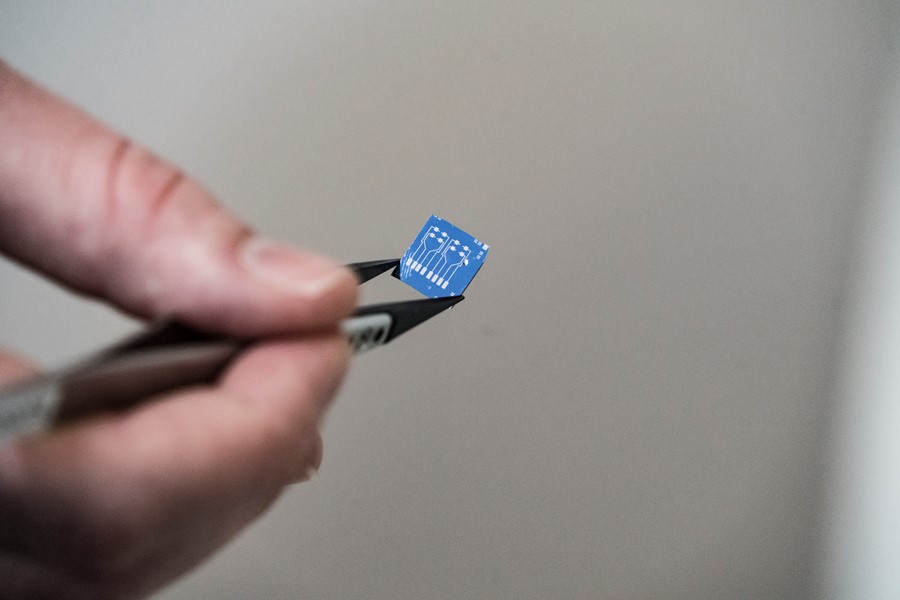
An early chip produced by the Electronic Devices Work Package. Credit: Johan Bodell, Chalmers University of Technology
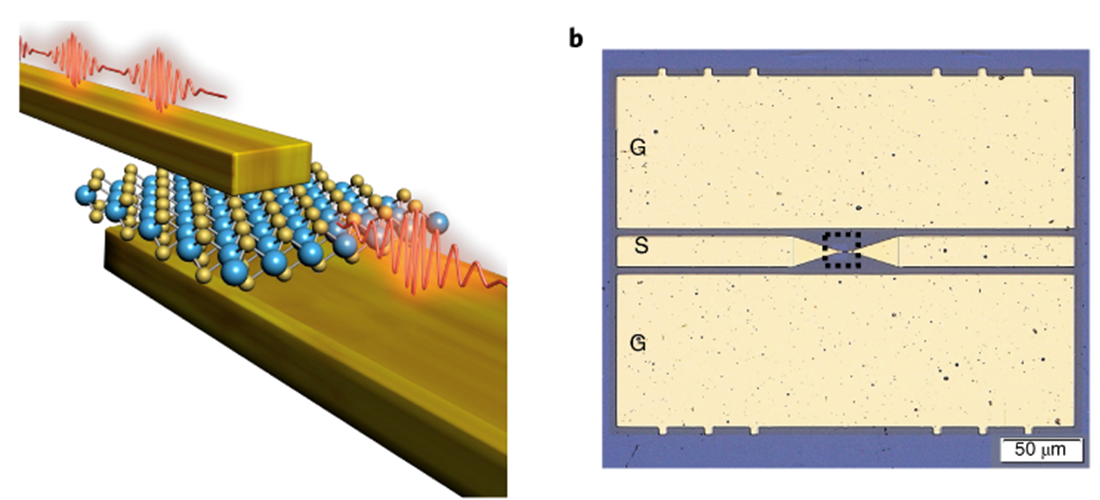
A simplified illustration of a radio frequency switch with a vertical metal–insulator–metal structure and monolayer MoS2 as the resistive switching insulator (left). Optical microscopy image of a fabricated monolayer MoS2 radio frequency switch where the dashed box shows the vertical metal–insulator–metal structure (right). Credit: Nature Electronics
References
Kim, M. et al. Nat. Electron, 2022, DOI: 10.1038/s41928-022-00766-2
Knobloch, T. et al. Nat. Electron, 2022, DOI: 10.1038/s41928-022-00768-0
Piacentini, A. et al. Adv. Electron. Mater. 2022, DOI: 10.1002/aelm.202200123
Latest Articles
2D Pilot Line launches fourth multi-project wafer run

2D Pilot Line Showcases Next-Gen Semiconductor Integration at SEMICON Europa
The 2D Pilot Line (2D-PL) presented its work on integrating two-dimensional materials (2DM) in semiconductor technologies at SEMICON Europa 2025, held at the Munich Messe on 18-21 November 2025. The project — part of the Graphene Flagship — is accelerating the transition of 2DM from lab-scale research toward real industrial integration in photonics and electronics.
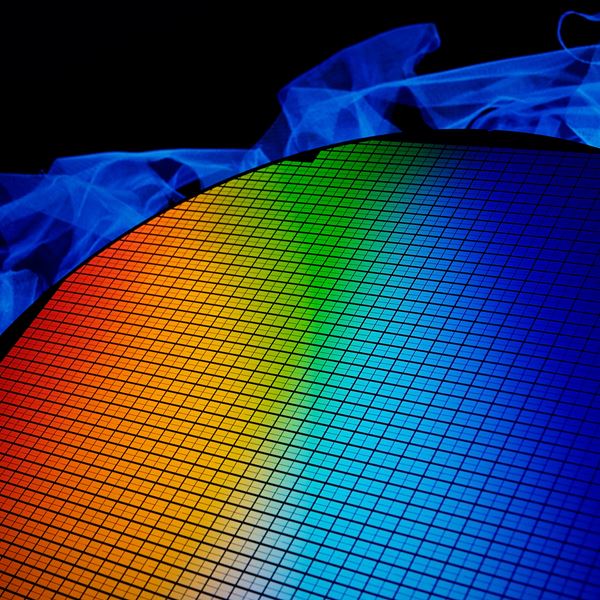
2D-PL launches support programme for for MPW runs
Customers of the 2D Pilot Line's (2D-PL) multi-project wafer (MPW) runs can now apply for a 50% reduction in fees in exchange for providing feedback to help the project improve its processes.
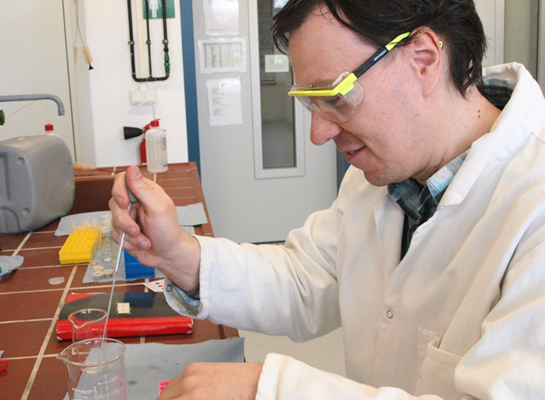
Building the Future of Functional 2D Materials with Florian Graßme
Florian Graßme is a researcher working at the intersection of 2D materials and nanosheet functionalisation. Their work in the 2D PRINTABLE project is laying the groundwork for future applications in printable electronics and nano-engineered devices.
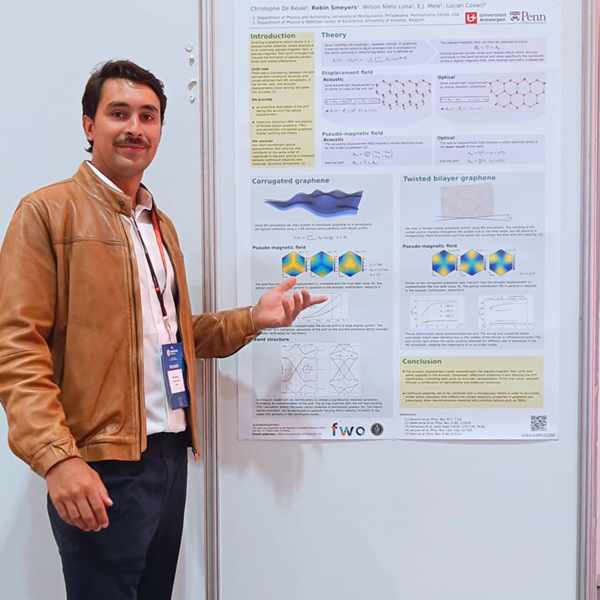
Stretching the Limits of Graphene with Robin Smeyers
For Robin Smeyers, a passion for 2D materials began with a single thesis and quickly grew into a full-blown research journey. What started as a master’s project on graphene became a launchpad for academic discovery, leading him to a PhD focused on one of the most intriguing frontiers in condensed matter physics: straintronics. Robin’s work ranges from simulating balloon-like graphene structures to exploring the possibilities of room-temperature superconductors, laying the foundation for technologies that could one day transform our world.

2D-PL funded to further mature 2D material wafer-scale integration
Launched in October 2024, the Graphene Flagship’s 2D-Pilot Line (2D-PL) project aims to further strengthen the European ecosystem in the development of integration modules for photonics and electronics prototyping services.

